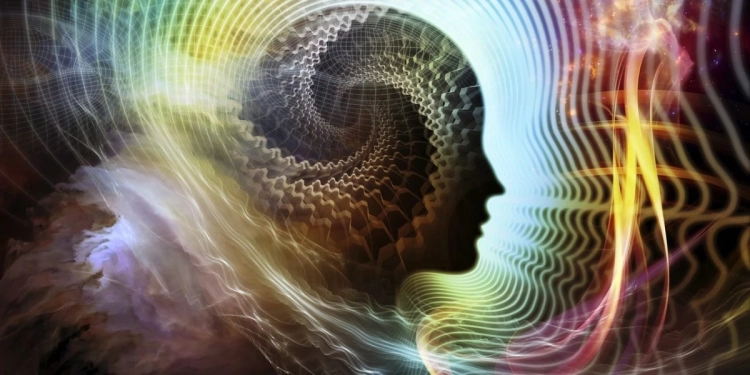For many years, two main theories dominated neuroscience: integrated information theory and global neuronal workspace theory. However, recent research calls into question some of the tenets of both concepts.
According to the authors of a new idea, non-neuronal consciousness suggests that our thoughts and perceptions depend not only on neurons but also on the vascular system and fluid circulation.
Scientists from Georgetown University have named their concept the theory of the glympho-vasomotor field. This theory is based on the glymphatic system, which is responsible for clearing waste from the central nervous system. According to this hypothesis, during sleep in the area of the brainstem known as the locus coeruleus, there is a rhythmic release of norepinephrine, which functions as a pump, causing the blood vessels in the brain to pulse at a slow rhythm. This pulsing, or vasomotor activity, facilitates the movement of cerebrospinal fluid, which removes metabolic waste.
This process is well studied; however, the authors pose the question: what are the electrical consequences of this fluid movement?
Cerebrospinal fluid contains salts and has electrical conductivity. According to physical laws, moving charged ions create an electromagnetic field in the fluid. The glympho-vasomotor field theory asserts that the rhythmic flow of cerebrospinal fluid generates a weak but organized oscillating electromagnetic field that permeates brain tissue. This is the glympho-vasomotor field (GVP).
The GVP functions independently of neuronal interactions, as reported by Daily Neuron. Researchers suggest that this field may serve as a non-neuronal foundation that influences neuronal activity and organizes it. As stated in the article, "what we observe as brain waves during sleep may reflect neuronal activity adapting to changes in the underlying GVP."
Evidence for this hypothesis can be found in pharmacological studies and clinical observations. For example, it is known that the sedative drug zolpidem affects the locus coeruleus, reducing vasomotor responses and glymphatic flow. According to the GVP theory, it also alters the state of consciousness and weakens the power of low-frequency EEG.
Furthermore, it is worth noting that zolpidem sometimes helps awaken patients from minimally conscious states. According to the GVP theory, this is because the drug "restructures" the disrupted hydrodynamic field, activating organized brain activity.
The new hypothesis challenges the traditional view that consciousness is solely the result of neuronal computations. It reinterprets our conscious perception as "the result of an electromagnetic field generated by fluid, rather than purely synaptic activity."
If this hypothesis is confirmed, it could open new horizons in the treatment of consciousness disorders and traumatic brain injuries. Moreover, it offers a holistic view of the mind, where consciousness is presented as "the resonating product of the entire brain ecosystem." As the authors expressed, "if neurons are a symphony, then the GVP is the measure of the beat."











































